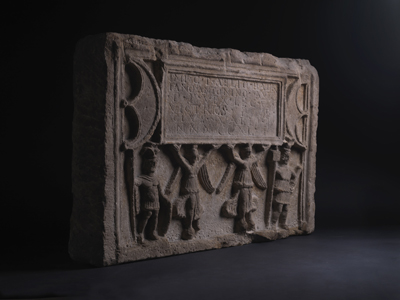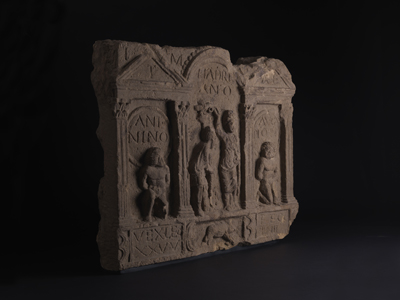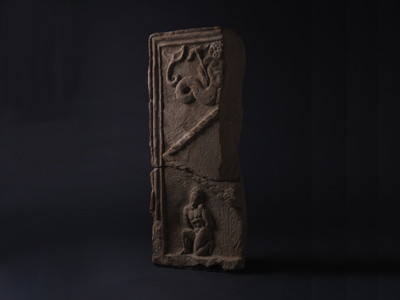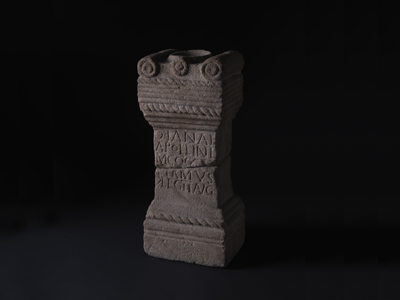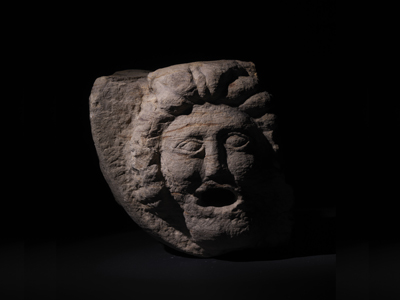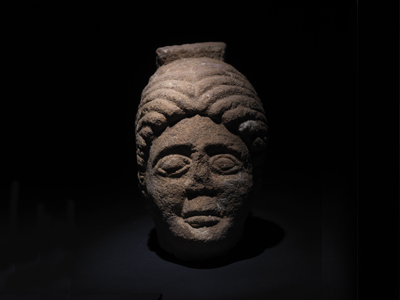The Antonine Wall: Rome's Final Frontier
Distance slab of the Sixth Legion
These inscribed stones, known as distance slabs, celebrate the work of the legions which constructed the Antonine Wall in AD 142-43. Evidence suggests that the slabs, all made of local sandstone, were set into stone frames along the length of the Wall and are likely to have faced South into the Empire.


